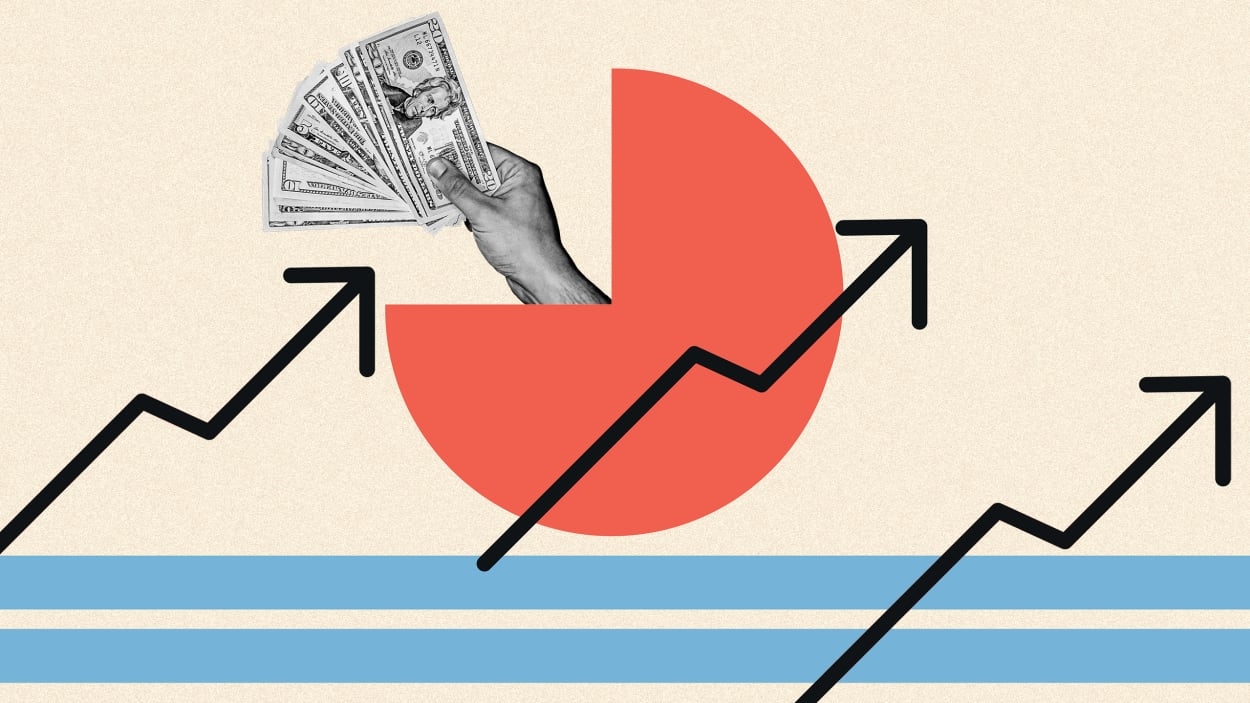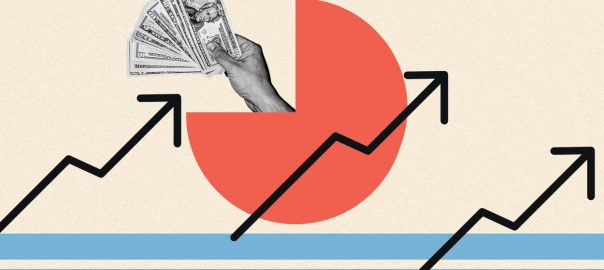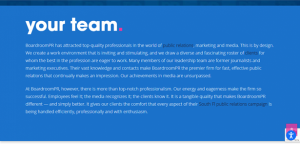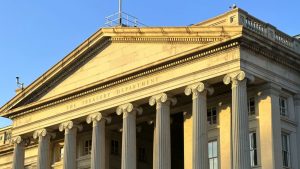By Sam Becker
There was a bit of positive economic news Thursday: The rate of inflation slowed for the sixth-straight month, as the latest Consumer Price Index numbers for December showed that prices increased 6.5% over the past year. That’s down from 7.1% in November, and a significant fall from the 9.1% peak in June 2022. It’s also the smallest year-over-year increase in the overall CPI numbers in more than a year, going back to October 2021.
The Bureau of Labor Statistics data shows that much of the decline was due to falling prices for things like gasoline and used cars and trucks, though prices for other things, like food and shelter, continued to increase. Still, food prices slowed their ascent, the latest sign that the Fed’s aggressive rate-hike strategy is working. And the most recent jobs data shows that the Fed’s rate hikes have not had a negative effect on employment numbers. In fact, the unemployment rate actually dropped 0.2% to 3.5% in December, according to the BLS’ latest report, which was released last week. In all, it’s a good sign for policymakers hoping for a “soft landing” after taking measures to curb rising prices.
“The December monthly rise equals a -0.9% annualized pace, representing consumer price inflation conditions if December’s pace were to be maintained for a one-year period,” says Kurt Rankin, senior economist at PNC Financial Services Group, in a statement provided to Fast Company. “Hurdles remain in achieving the Federal Reserve’s goal of a sustained pace of 2% year-over-year consumer price inflation, but the December reading provides little cause for concern that inflation is not securely on the right path toward that end.”
Given that the Fed’s strategy has yet to have a drastic effect on employment, it’s likely that the central bank will continue to raise rates, although it may slow or reduce them. While the Fed had been raising rates by 75 basis points for several months, it’s looking increasingly likely that a 25-basis point raise is in the mix during its February meeting.
But many are still anticipating a recession. Companies in major sectors like banking and tech are laying off workers by the thousands, and the markets are still down considerably from a year ago. The price of groceries is way up over a year ago, and people losing their jobs, but unemployment is near 50-year lows, it’s hard to make sense of what, exactly, is going on in the economy right now. Here are some data points that may help paint an overall economic picture:
Relatively speaking, December’s CPI numbers were what the Fed was hoping to see, and the month-over-month fall in prices was very encouraging. Home prices are still way up, as are mortgage rates, which may continue to be a damper on the economy. But marry it all with an unemployment rate of 3.5% (the lowest since the early 1970s) and a still-elevated number of job openings, and the Fed appears to be pulling off a balancing act.

But the economy is still, by and large, in a very strange place. This is mostly due to the pandemic and the government’s massive response, says Matty Colyar, an economist at Moody’s Analytics, which were “two variables of scale that shook economic fundamentals.” As such, it’s hard to make sense of what’s going on, as the pandemic, along with demographic changes (more people retiring, fewer immigrants, and fewer people looking for work) have landed us in a place that “runs in the face of the past 30 or 40 years of economic theory.”
Ultimately, though, Colyar says that the Fed has to be happy with what is now a trend in decelerating prices. That doesn’t mean that fears of a coming recession have evaporated, of course, but “if last summer, you had said that in January we would still be talking about a soft landing, I think the Fed would be ecstatic,” he says.
But as far as figuring out the current economy? Colyar says it’s hard to put it all together. “If you can find someone who can make sense of it, call me.”
(15)






